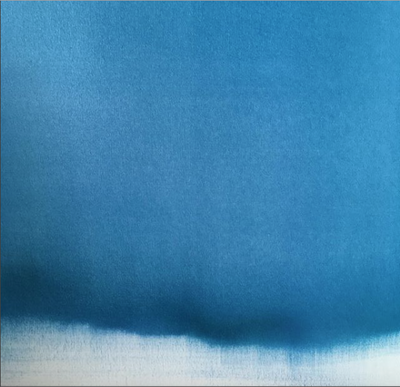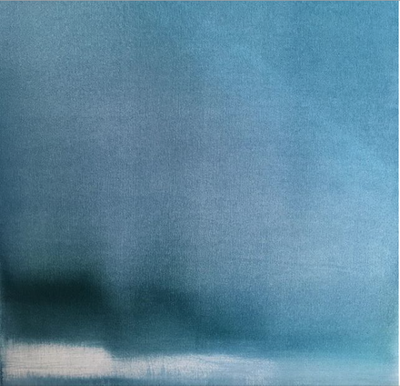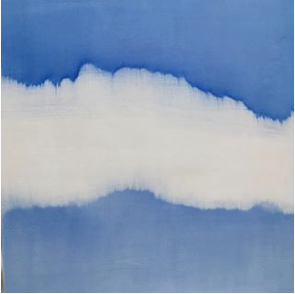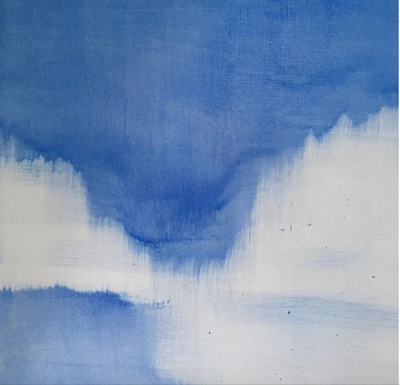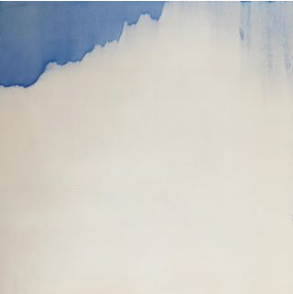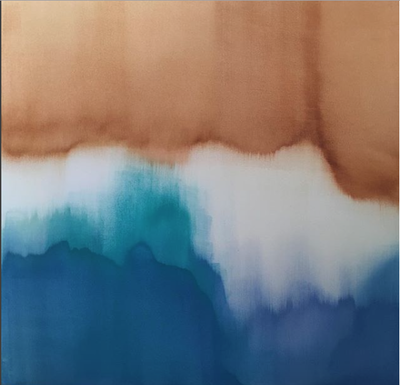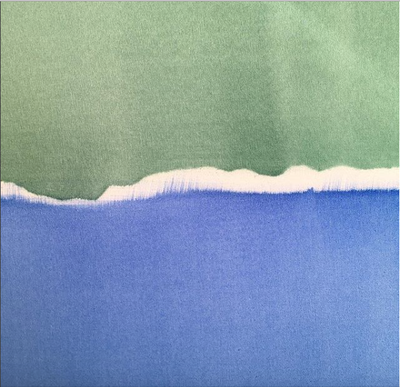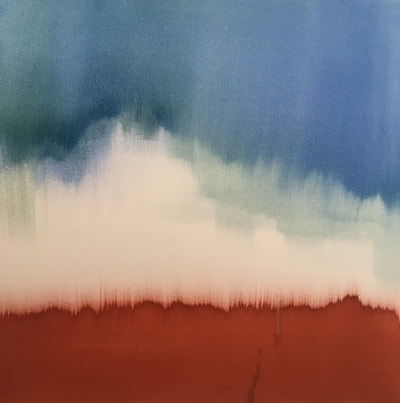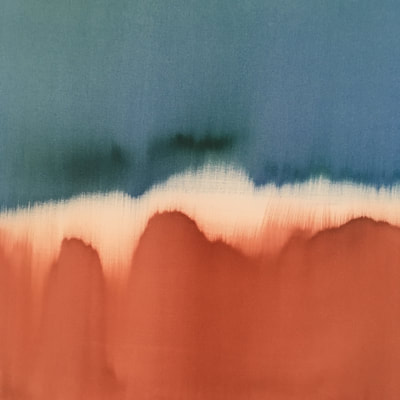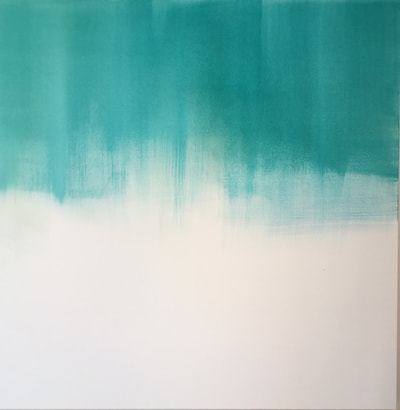- Home
- About
- The Earth Beneath Her Feet
- Shop Here
- Small Ports and Sea Coves Gallery
- From the Earth and Sea Gallery
- Windows Gallery
- Archaeologies Gallery
- Space and Balance Gallery
- Responses Gallery
- Alchemy to Chemistry Gallery
- Making Decisions in The Dark Gallery
- Contact
- On line presence
- Blog
- New in the Studio,
- Metaphoric Materials
- Home
- About
- The Earth Beneath Her Feet
- Shop Here
- Small Ports and Sea Coves Gallery
- From the Earth and Sea Gallery
- Windows Gallery
- Archaeologies Gallery
- Space and Balance Gallery
- Responses Gallery
- Alchemy to Chemistry Gallery
- Making Decisions in The Dark Gallery
- Contact
- On line presence
- Blog
- New in the Studio,
- Metaphoric Materials

